Vietnamese street food has caught the eye of Michelin. Once it appears in the first issue of Michelin Guide Vietnam, which will be released this June, it will be a step up in the rankings for Vietnamese street food , just as Michelin has transformed street food paradises in Tokyo, Hong Kong, Singapore and Thailand.
Tsuta's ramen conquers "Michelin secret agents" Photo: Twitter/Tsutainfo
Even Michelin has to…break the rules
Tsuta, a very ordinary ramen shop like thousands of ramen shops in the Land of the Rising Sun. If not to say, it is small and modest because it only has 9 seats. But in 2016, among a series of prestigious names in Japanese cuisine, Tsuta was named by Michelin. Tsuta is also the first ramen shop in the world to receive a Michelin star.
The reason for this rule-breaking? That is the difference that chef Yuki Onishi, who was born and raised in a family with a tradition of making ramen noodles, makes each bowl of noodles and makes it different. From the experience passed down from generation to generation, chef Yuki Onishi makes noodles from four special types of wheat. The broth is made from chicken and seafood according to a secret recipe. Tsuta's bowl of noodles is just like any other bowl of ramen, with a soft-boiled egg, char siu and bamboo shoots, but it possesses a special flavor that immediately "defeats" the "Michelin secret agents".
After being awarded the star, Tsuta once made his neighbors “annoyed” because of the noise of the line of people waiting. To enjoy a bowl of Michelin-starred ramen but the price is only the same as a Burger King meal is not easy. Diners have to come to the restaurant at 7am, line up, get a ticket, deposit 1,000 yen and then check the ticket to see what time they can return to the restaurant. But even if they arrive at the appointed time on the ticket, they still have to… wait in line for their turn, about another hour.
In 2015, Michelin experts fell in love with the roast goose at Kam“s Roast Goose, which had just opened a year earlier. Located at 226 Hennessy Road, Wan Chai, Hong Kong, Kam“s Roast Goose is not very special in appearance, not even in its small space. What makes it stand out is the secret recipes that have been kept like treasures for three generations.
The geese are handpicked by Hardy Kam, the third-generation grandson of the founder of the famous Hong Kong restaurant Yung Kee Goose, according to his own standards from the mainland, then marinated with a family recipe, roasted just right to make the meat tender but the skin crispy. Kam's Roast Goose's premium sauce blends with the sweetness of the goose, making the restaurant's roast goose unmistakable.
Street food always has a place in the Michelin Guide.
Tsuta in Tokyo, Kam's Roast Goose in Hong Kong, Jay Fai in Thailand or Hawker Chan in Singapore... all have one thing in common. They are noodle shops and eateries representing street food, with modest, simple spaces and cheap prices, but they still conquer Michelin. If not, the excellence of these street foods has caused Michelin to break the rules many times. Talking about this interesting thing, Mr. Michael Elli, International Director of Michelin Guides once exclaimed: "The ability to create excellent products from simple things is a great art."
Unable to deny the appeal of street food, the Michelin Guide was forced to add two new categories: Bid Gourmand, for restaurants serving good quality food at low prices. And Michelin Plate (L'Assiette Michelin), the lowest category in the Michelin Guide, for eateries with simple but delicious dishes.
Vietnamese street food is praised by tourists and international media.
Street food reflects life and culture, so it is always lively, different and attractive. Many international culinary experts when coming to Vietnam were surprised and amazed when enjoying street food because of its cheap price but attractive flavor and elaborate preparation that is not inferior to any street food ever named by Michelin Guide.
When asked about Vietnamese street food, Michelin chef Yoshida shared: “I was quite surprised, even startled. I think special dishes like banh mi will be very attractive to the upcoming Michelin Guide.”
And famous chef Gordon Ramsay had to exclaim: "Vietnamese people do not realize how high the culinary standards are for their extremely cheap dishes."
Never before has Vietnamese street food had such a chance to touch the Michelin Guide as it does now.
But the more precious the opportunity, the greater the challenge.
Street Food in Vietnam: Changing to Improve
The Michelin Guide operates based on a set of five criteria: quality of ingredients used, skillful cooking techniques, harmony of flavors, the chef's personality expressed in the dishes, and the consistent quality of the dishes over time.
Vietnamese cuisine has the opportunity to be elevated when Michelin Guide comes to Vietnam.
That is, to have a place in the Michelin Guide, Vietnamese street food needs to overcome these 5 difficult criteria. In other words, Vietnamese street food needs systematic changes from the most basic things such as the quality of ingredients. It must have a clear origin, meet standards, be fresh and rich in nutritional value. The factor of hygiene and safety must not only be put first but also be vital.
Instead of easily chasing after profits, each restaurant and bakery needs to improve itself and constantly raise standards of quality and stability to develop long-term and maintain the awarded star.
Next is the quality of the food. Being delicious is not enough. To attract Michelin, it must also be outstanding and different. Street food inherently has a strong local identity. Losing the local identity and regional identity, street food will lose its value. To promote it, each chef and restaurant must focus on their strengths, developing it into core values. Once they have mastered the value and turned it into identity, then the value will spread by itself.
The first Michelin Guide Vietnam will be published in June 2023.
With street food past and present, reaching Michelin stars has never been easy. But appearing in the Michelin Guide is not impossible. If the 1, 2, 3 star categories are too far away, Vietnamese street food can absolutely try its hand in Michelin's playground in expanded categories such as Bid Gourmand or Michelin Plate to mark the beginning.
Once this start is achieved and the effort is made to develop the strengths of the identity along with the assurance of quality and stability, Michelin will be the perfect driving force for Vietnamese street food to achieve what Singaporean and Thai street food have achieved in the past.
Tung Duong
Source


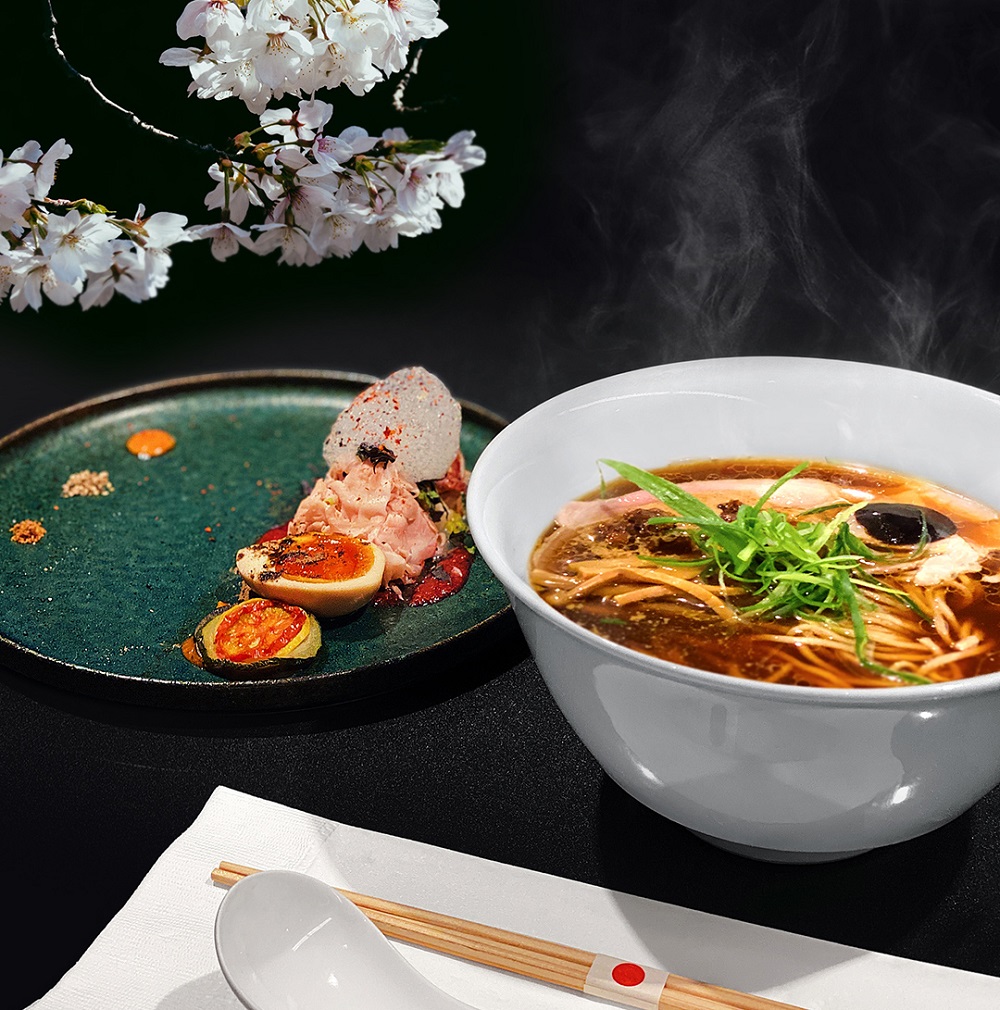
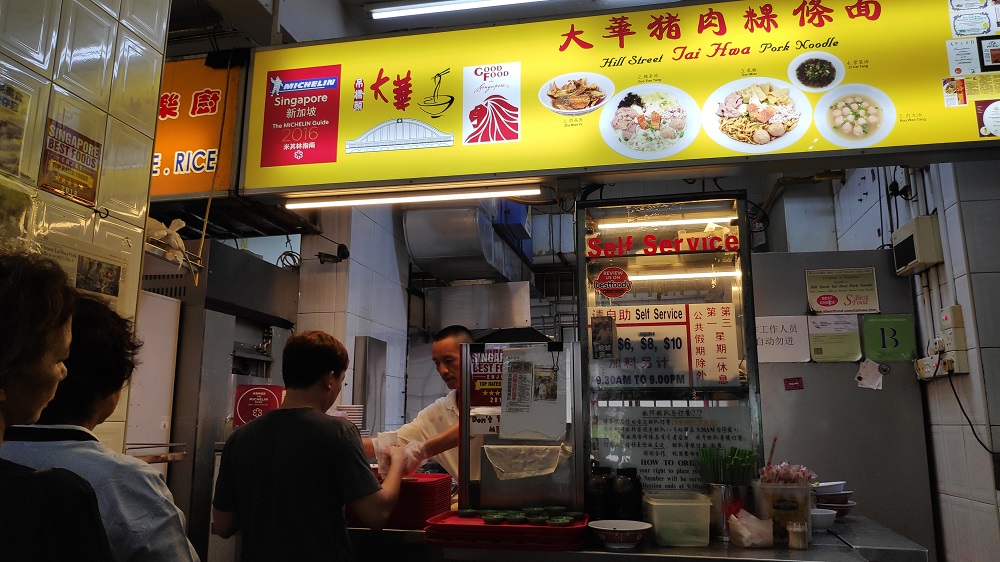
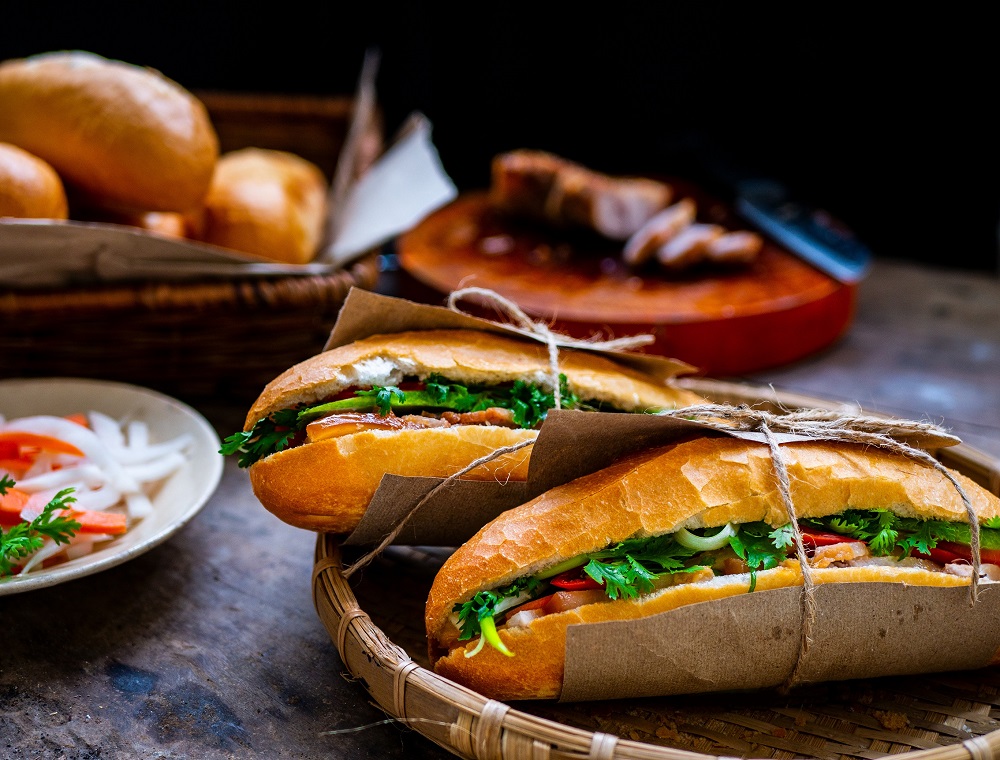
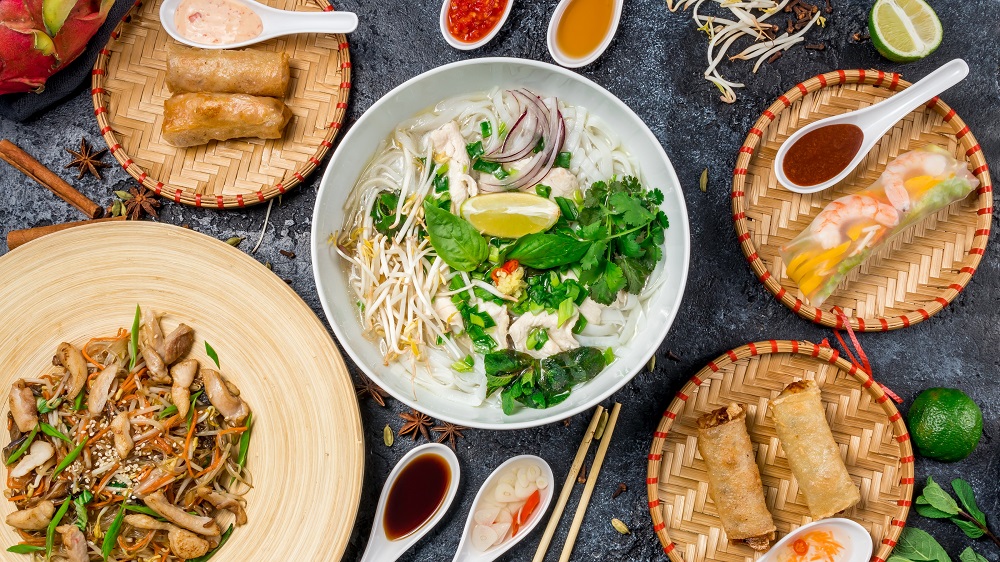
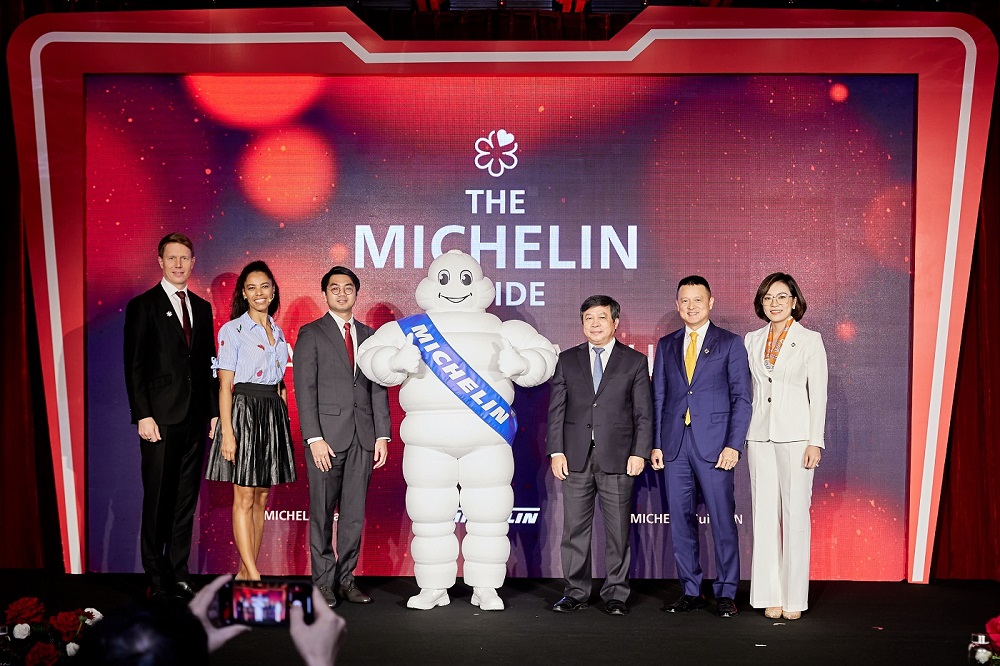
![[Photo] Prime Minister Pham Minh Chinh meets with Hungarian President Sulyok Tamas](https://vphoto.vietnam.vn/thumb/1200x675/vietnam/resource/IMAGE/2025/5/29/dbcaa73e92ea4448a03fe1d0de6d68e8)



![[Photo] Vietnamese and Hungarian leaders attend the opening of the exhibition by photographer Bozoky Dezso](https://vphoto.vietnam.vn/thumb/1200x675/vietnam/resource/IMAGE/2025/5/29/94d8ceca5db14af3bf31285551ae4bb3)


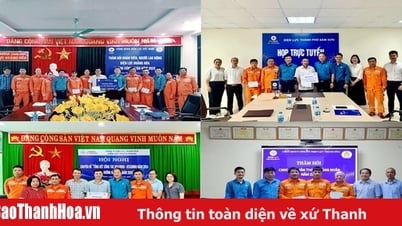
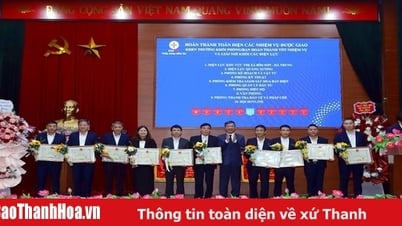










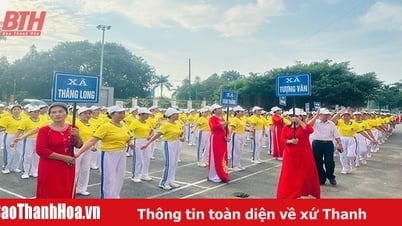


![[Photo] Prime Minister Pham Minh Chinh receives a bipartisan delegation of US House of Representatives](https://vphoto.vietnam.vn/thumb/1200x675/vietnam/resource/IMAGE/2025/5/28/468e61546b664d3f98dc75f6a3c2c880)




























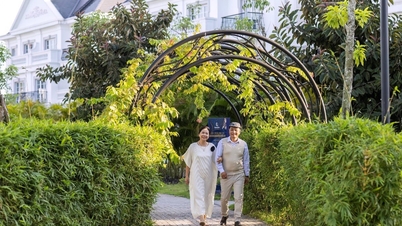













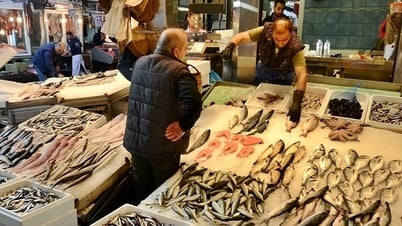

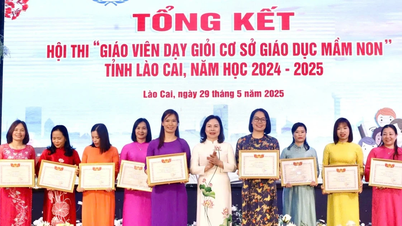





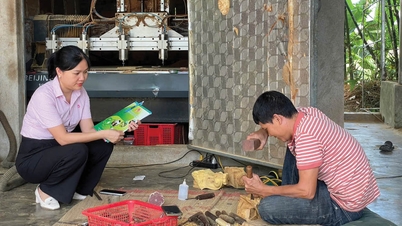

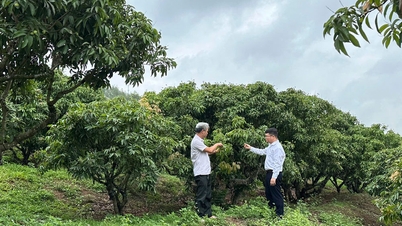

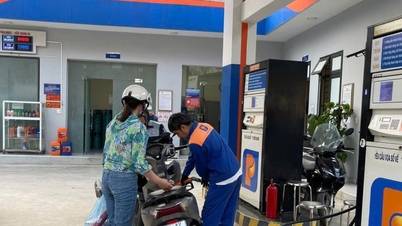







Comment (0)